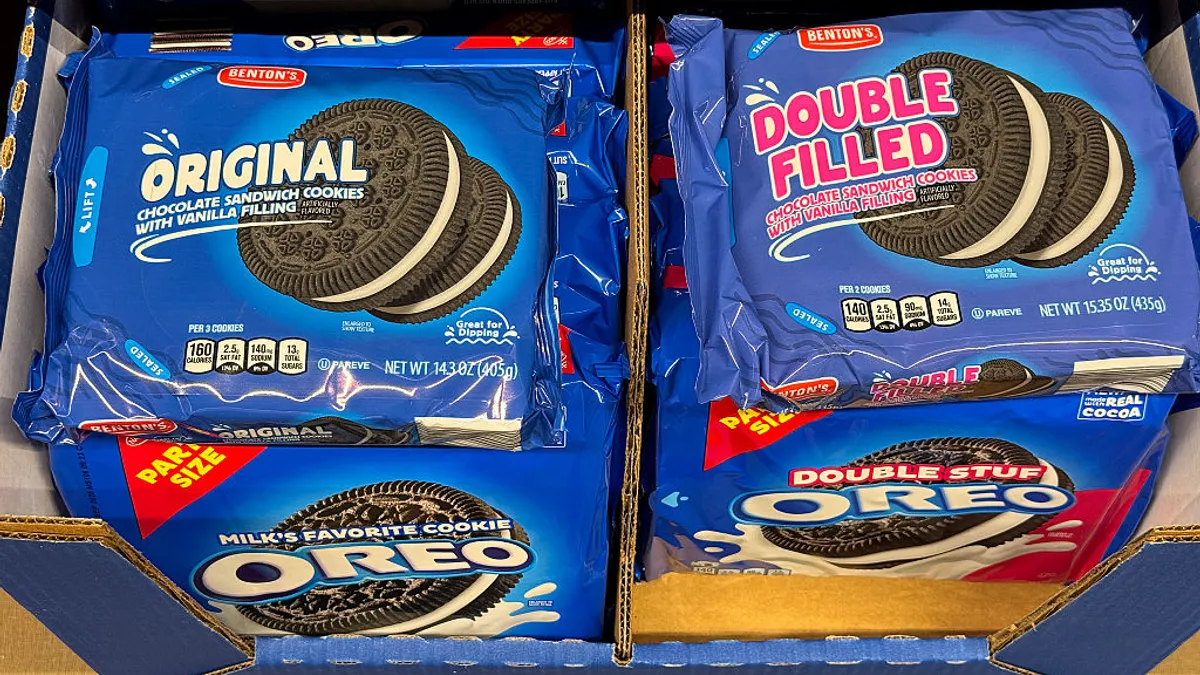The AI boom has prompted leaders across different industries to reexamine their core procedures and leverage their internal data—the Who, What, When, and How of their day-to-day operations — toward new levels of performance.
No one understands the value of this operational data better than food & beverage manufacturers, whose essential production and cleaning processes generate a tidal wave of data in multiple cycles per day. Clean-in-place (CIP) processes (wherein large, static pieces of equipment are cleaned and sanitized to ensure product safety and quality) are an excellent example of this: Every CIP cycle generates a wealth of data and insights into the frequency, efficacy, and efficiency of a facility’s cleaning & sanitation program.
On their own, however, this data can’t live up to its potential as a performance driver. Without a modern, unified system of data management that leverages advanced digital monitoring and analysis, important insights and opportunities for better efficiency are going unnoticed.
But this is changing. Today, food & beverage manufacturers are leveraging AI-enhanced digital tools to reimagine their approach to CIP data management –– and they’re already seeing results. Leaders (both in the food & beverage space and beyond) would be wise to take what they can from this modern approach to data management.
It’s time to ditch the status quo
Every company in every industry is built on processes that both serve an essential function AND have the potential to severely hinder productivity. In food & beverage manufacturing, CIP is a perfect example of this type of process.
Even at well-run facilities, key gaps in visibility undermine maximum capacity. For example, a supervisor may ask him or herself “I know I scheduled a wash… But did it run?” Or in a similar vein, “I know a wash was completed… But was it effective?”
Too often, the answers to these questions are scattered throughout data collection tools –– if they even exist at all. These siloed datasets are vulnerable to human error and make it difficult to efficiently evaluate and pinpoint problems, which prolongs the process of resolving those problems.
The result? Compromise, inefficiency, risk, and time. Maybe a supervisor runs another wash just to be safe, which means more downtime and less product. Maybe corners get cut and production continues without a verified clean, leading to the very real threat of a food safety or quality assurance event.
In either case, this approach to CIP is far from optimized, and that the culprit is a lack of real-time visibility into the data that facility supervisors need most.
Modern tools put the “see” in CIP
Modern digital tools directly address this shortcoming by automatically collecting, compiling, and analyzing CIP data in real time. No more unanswered questions: With the right digital monitoring tool, facility leadership is equipped with the information they need –– when they need it –– to drive smarter, more optimized operations.
The results are significant: In some cases, these digital tools contribute to a 15% increase in efficiency.[i] In a hyper-competitive industry where small changes in margin make a huge business impact, this 15% gain can create capacity for generating additional product or realizing innovations that help meet changing consumer demand, enable longer shelf life, etc.
Now, new AI features are enabling further opportunities for expanding operational capacity. Predictive analytics can proactively forecast and optimize wash cycles or assess upcoming risks. Intelligent alerts can help supervisors correct issues like chemistry overuse in real time. Generally speaking, AI is poised to supercharge the existing value of digitally optimized CIP, adding an extra layer of intelligence and efficiency to core food safety operations.
To visibility and beyond
Clearly, CIP processes are specific to the food & beverage industry. But the lessons contained in new digital CIP platforms (and the real-life results they’re driving for users across the food & beverage space) have value to any organization that is currently letting the benefits of smarter data management slip through their fingers.
Every decision is a fork in the road. Every core process is an opportunity to speed up or slow down. And every organization is sitting on a mountain of potentially transformative data concerning its essential workflows.
Approaching this information strategically, and then augmenting that data management strategy with a purpose-built digital tool, can put you in a competitive position as we enter the next phase of AI-enabled process optimization
[i] Based on results from customer trials, which are specific to those individual customers when full Ecolab recommendations were implemented. Results will vary for other customers based on factors and circumstances in their operations.










